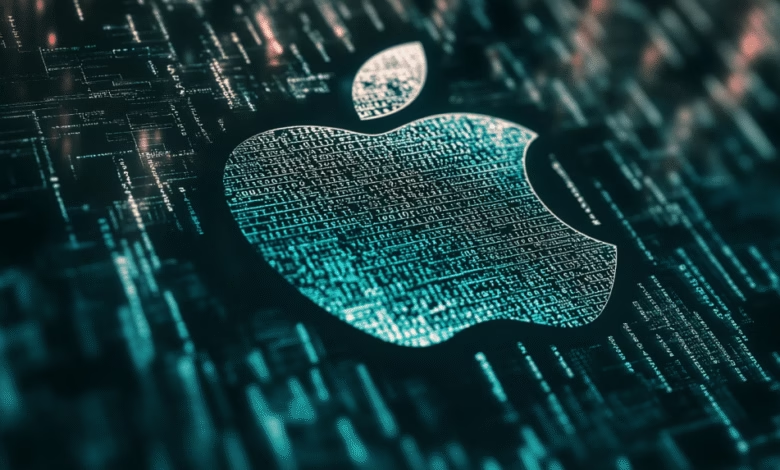Apple Unveils AI Image Generator to Rival DALL-E and Midjourney

▼ Summary
– Apple’s research team developed “STARFlow,” a new AI system combining normalizing flows and autoregressive transformers to generate high-resolution images competitively with diffusion models like DALL-E.
– STARFlow addresses scaling challenges in normalizing flows for high-resolution images, achieving competitive performance in class- and text-conditional image generation tasks.
– Apple’s breakthrough comes amid criticism of its AI progress, with modest updates at WWDC highlighting competitive pressures in the AI race.
– The system uses a “deep-shallow design” and operates in latent space for efficiency, maintaining exact likelihood training unlike diffusion models.
– Apple collaborates with academic institutions like UC Berkeley and Georgia Tech, leveraging partnerships to advance its AI capabilities and differentiate its products.
Apple has quietly developed a powerful new AI image generation system that could reshape the competitive landscape currently dominated by tools like DALL-E and Midjourney. Their research team, working alongside top academic institutions, recently unveiled a technical paper detailing “STARFlow” – an innovative approach combining two advanced machine learning techniques to produce high-quality synthetic images.
The timing couldn’t be more strategic. As critics question Apple’s pace in the AI innovation race, this breakthrough demonstrates their commitment to developing alternative methodologies rather than simply following industry trends. While competitors rely heavily on diffusion models, Apple’s system leverages normalizing flows and autoregressive transformers – a hybrid architecture that maintains mathematical precision while achieving comparable output quality to current market leaders.
Technical documents reveal how STARFlow overcomes historical limitations of flow-based models when handling high-resolution imagery. By operating in compressed latent spaces and implementing a novel “deep-shallow” transformer design, the system achieves efficient, exact likelihood training – a potential advantage for applications requiring precise control over generated content. This approach differs fundamentally from the iterative refinement processes used in diffusion models, offering alternative pathways for future development.
Industry analysts note the significance of Apple’s academic collaborations, with researchers from Georgia Tech and UC Berkeley contributing specialized expertise in stochastic modeling and mathematical optimization. The paper emphasizes that STARFlow remains a pure normalizing flow system rather than a hybrid compromise, preserving valuable theoretical properties that could prove advantageous for specialized use cases.
For Apple, this research represents more than just technical achievement. It signals their intent to develop differentiated AI capabilities that align with their hardware strengths, particularly for on-device processing scenarios where alternatives might struggle. As consumer expectations around generative AI continue evolving, Apple appears focused on building systems that could eventually power next-generation creative tools across their ecosystem – potentially integrating with professional workflows or enhancing core applications like Photos and Keynote.
The full implications remain unclear, but one thing is certain: the generative AI space just got more interesting. With tech giants pursuing divergent technical paths, the coming years may see multiple viable approaches coexisting rather than a single dominant paradigm. For Apple, the challenge now shifts from research validation to product implementation – transforming promising lab results into tangible features that resonate with their massive user base.
While STARFlow currently exists as a research project, its development reflects Apple’s broader strategy of long-term investment in foundational technologies. As the company navigates increasing pressure to demonstrate AI leadership, breakthroughs like this suggest they’re playing a different game – one where technical elegance and system integration might ultimately matter more than chasing viral AI trends. The real test will come when these innovations reach consumers, potentially reshaping how millions interact with generative tools on Apple devices.
(Source: VentureBeat)
